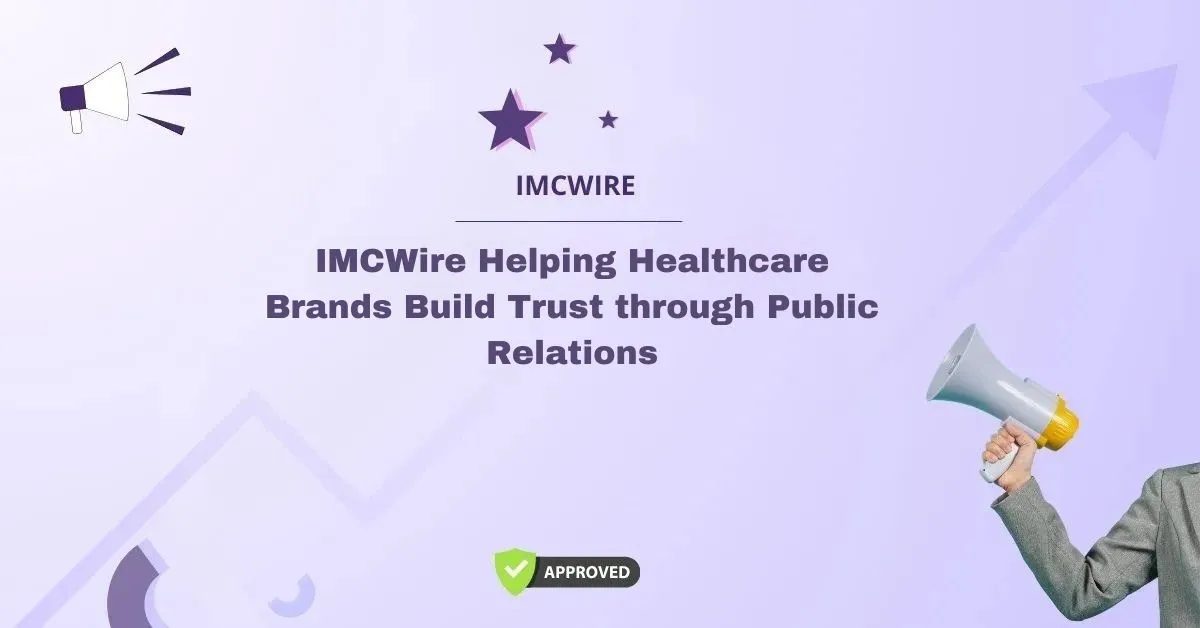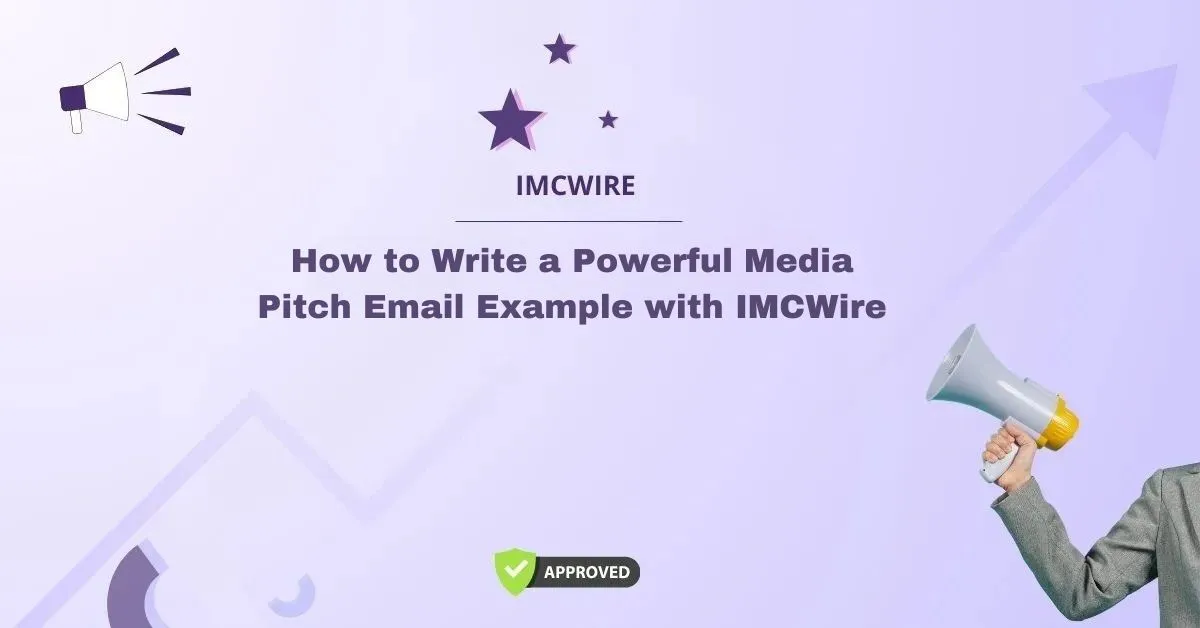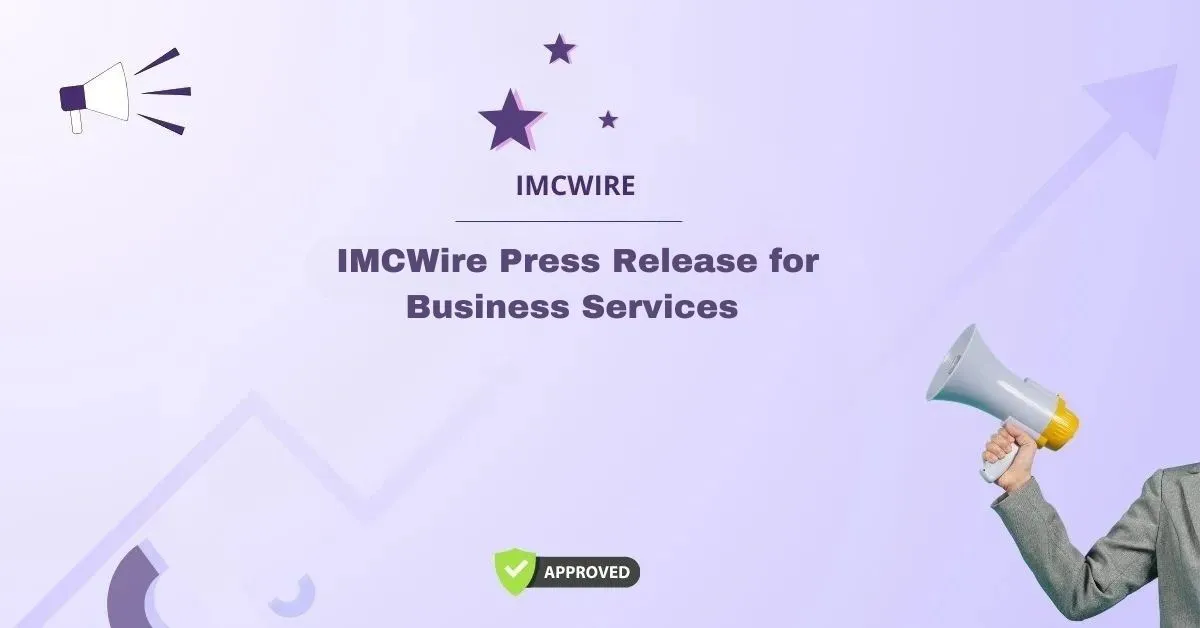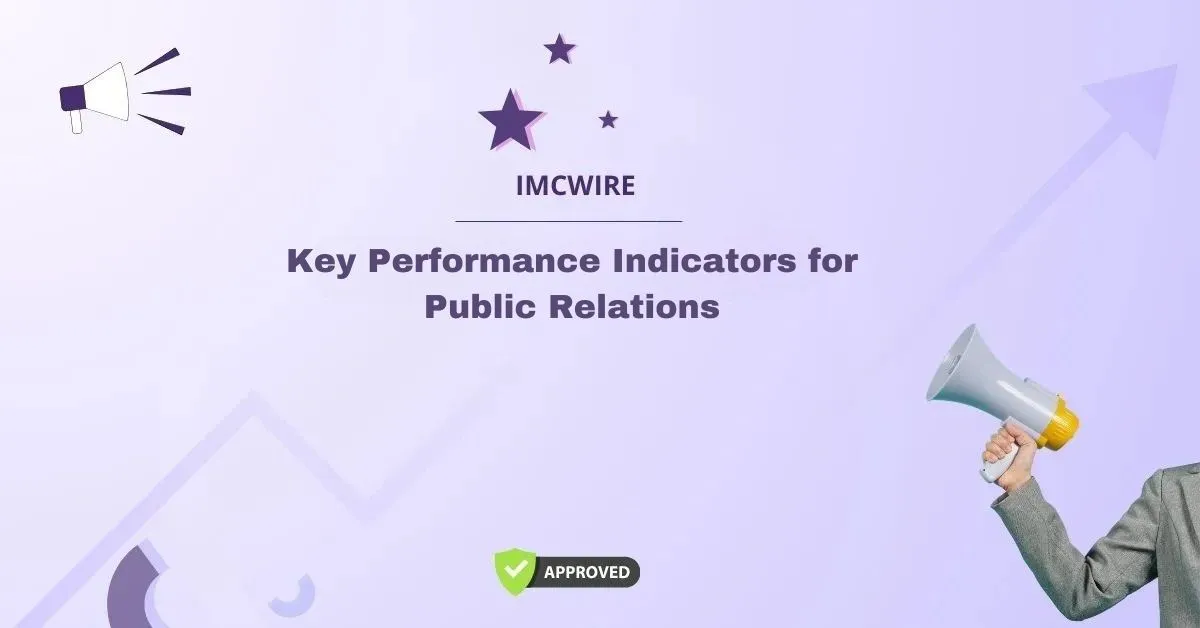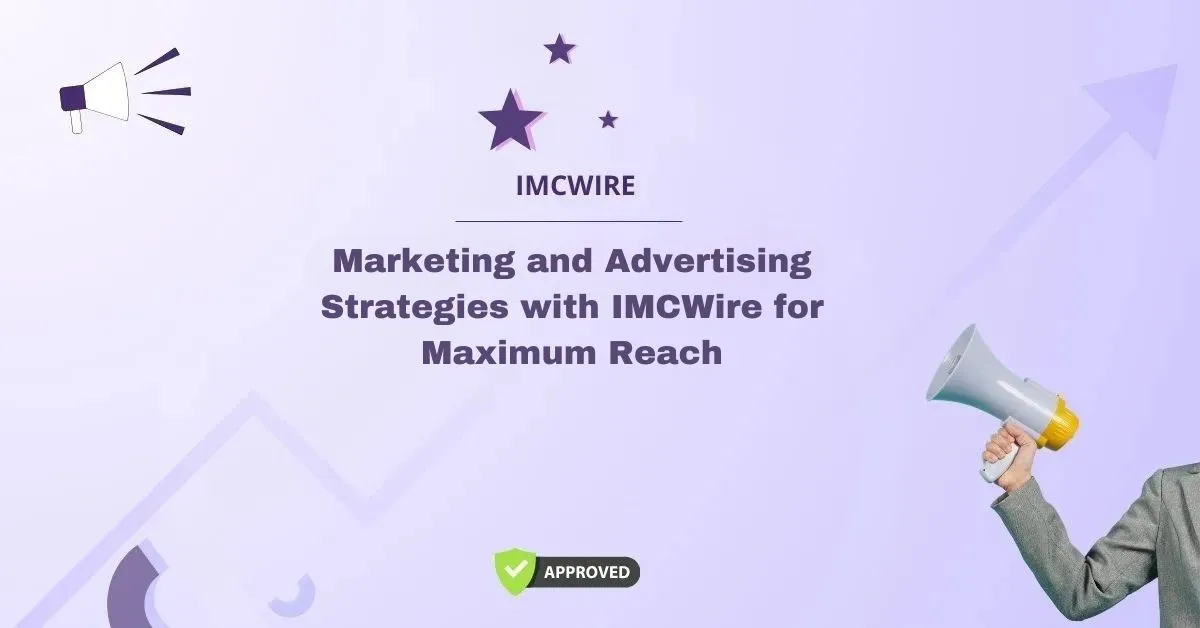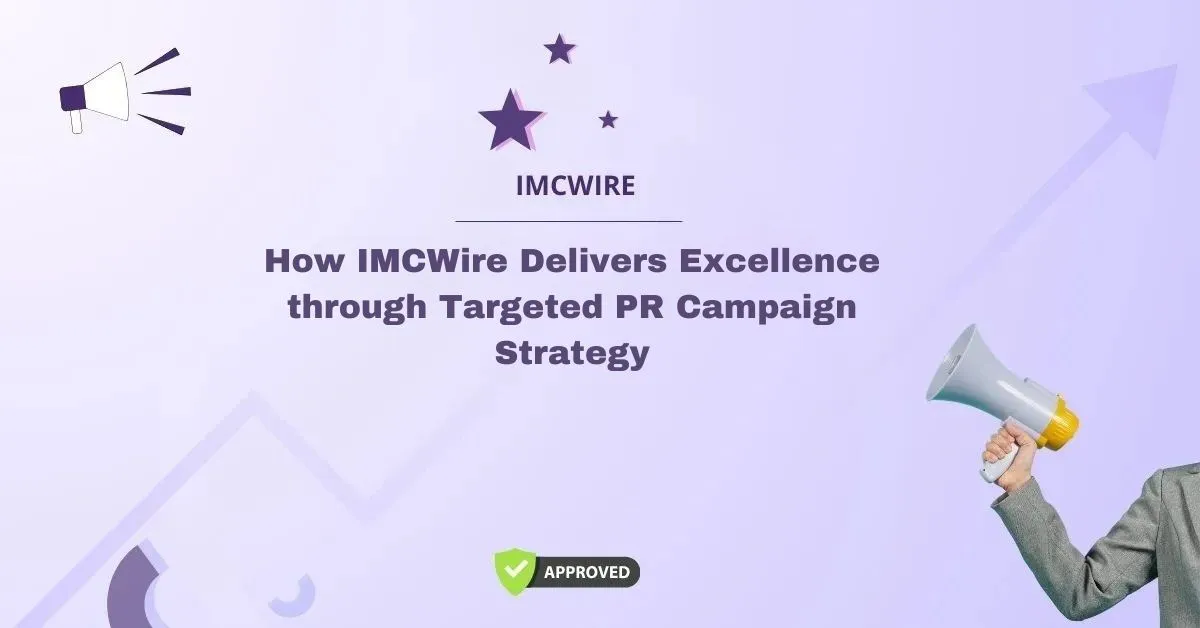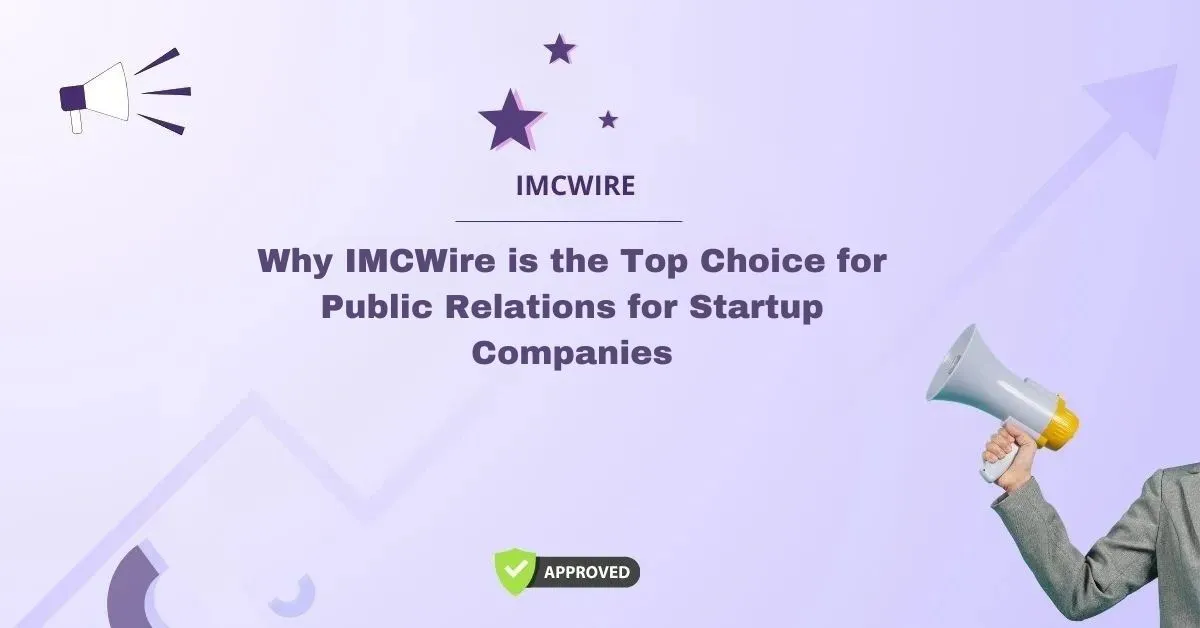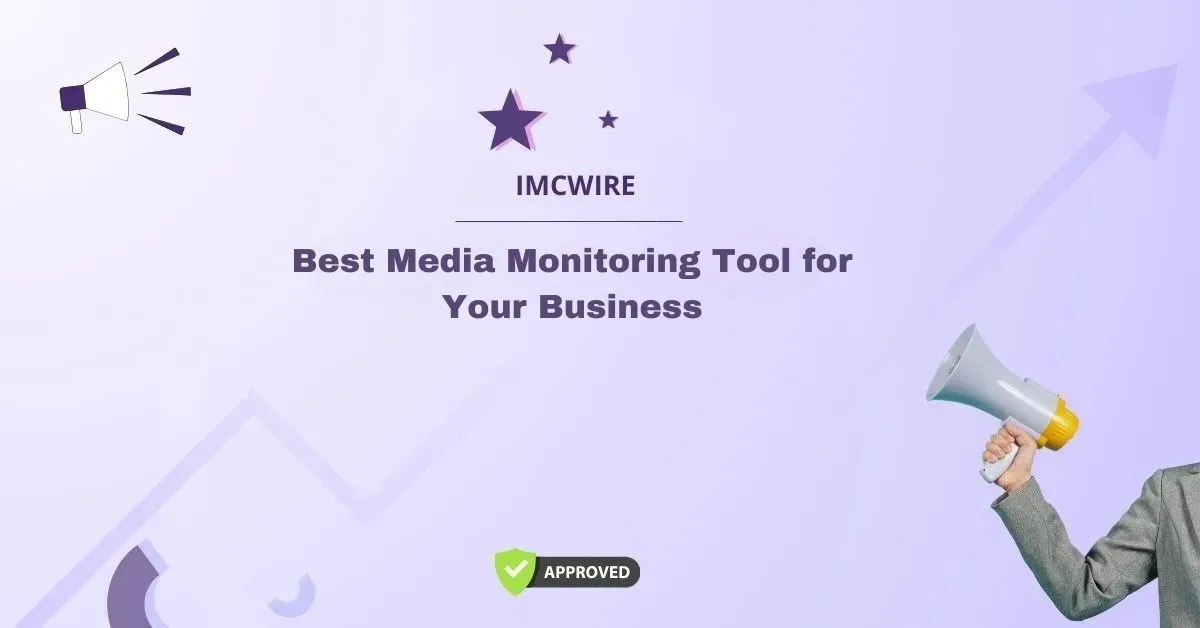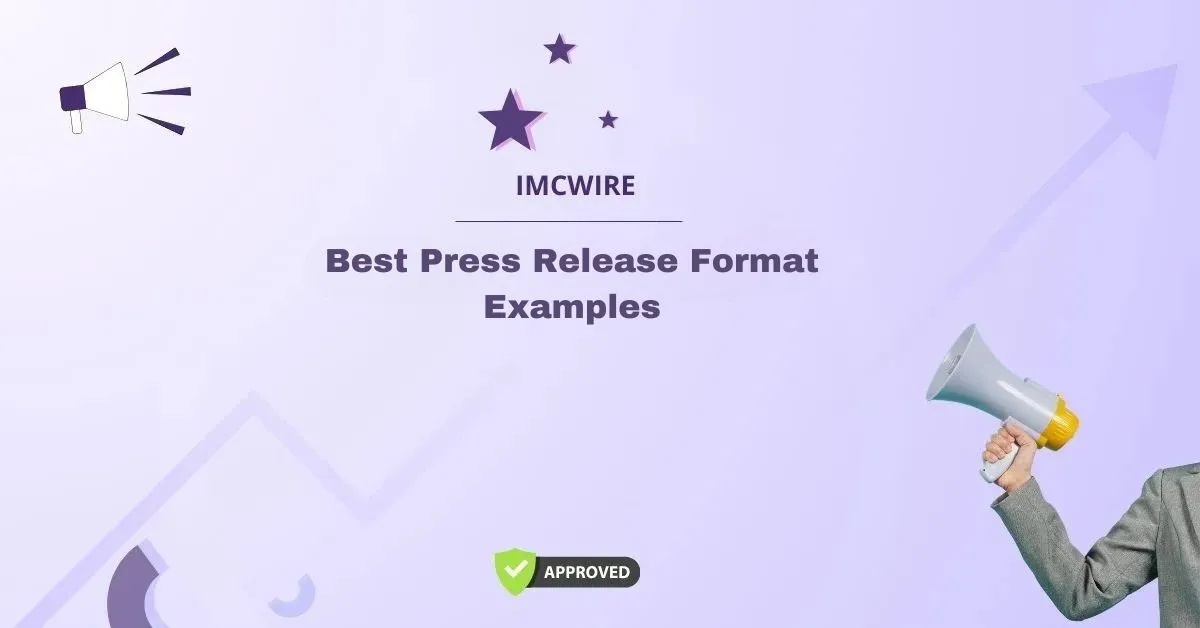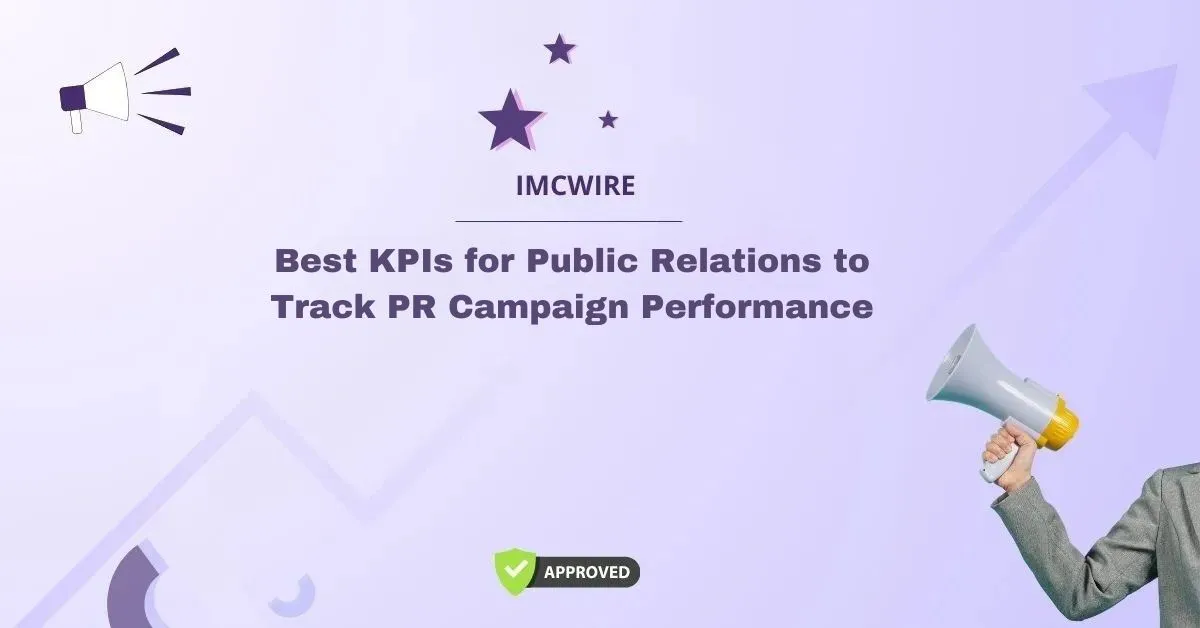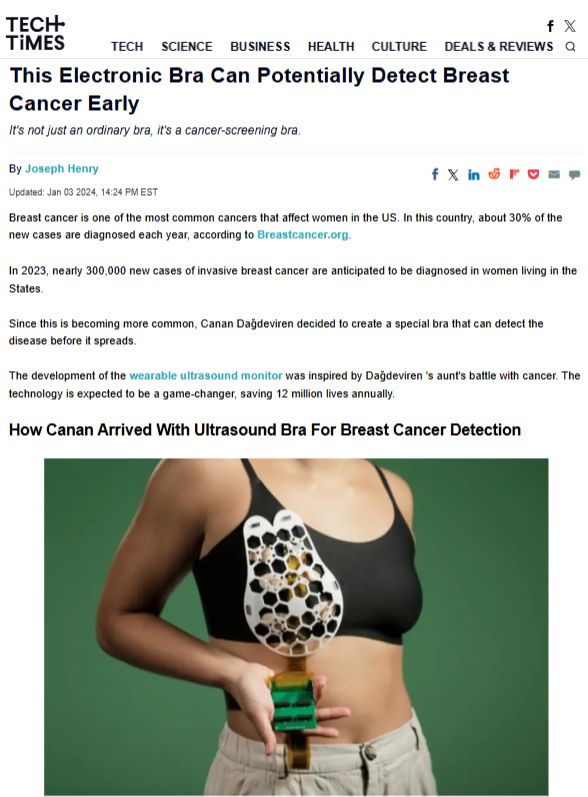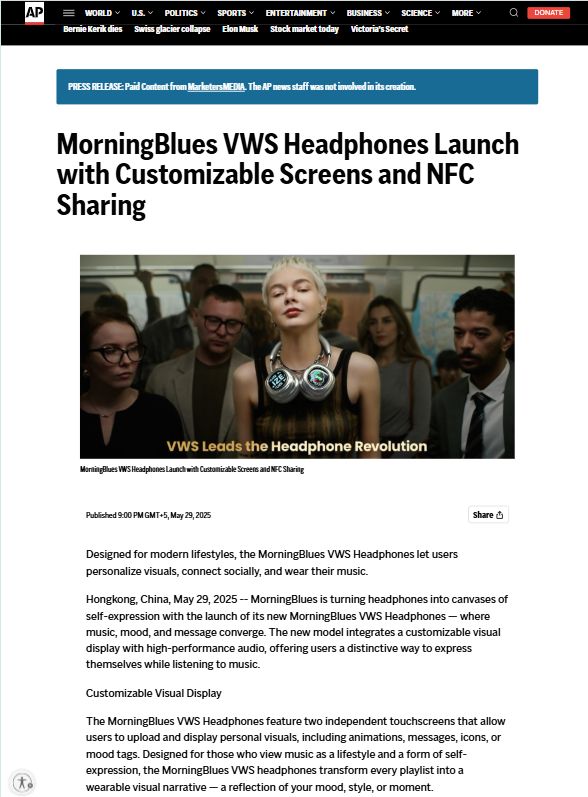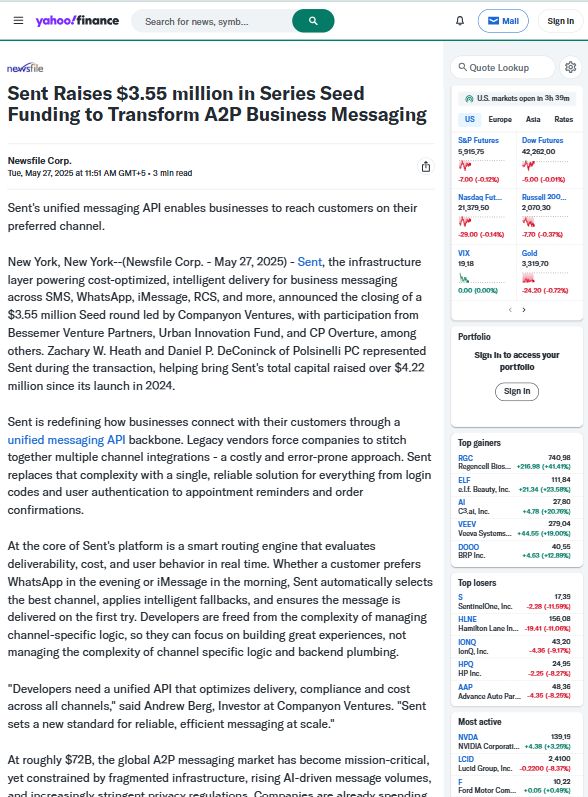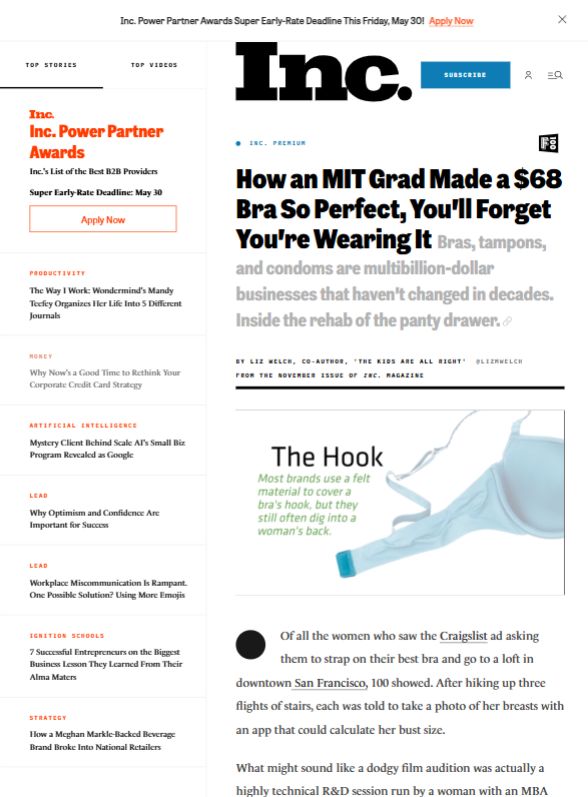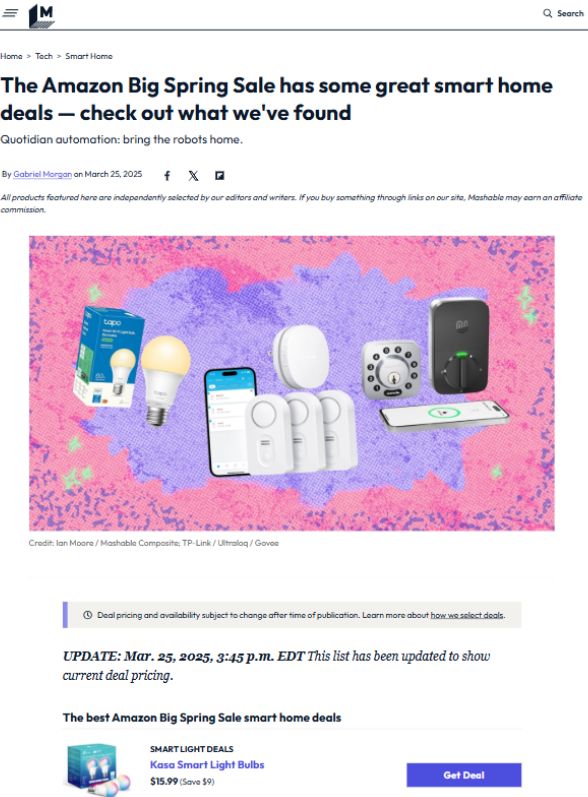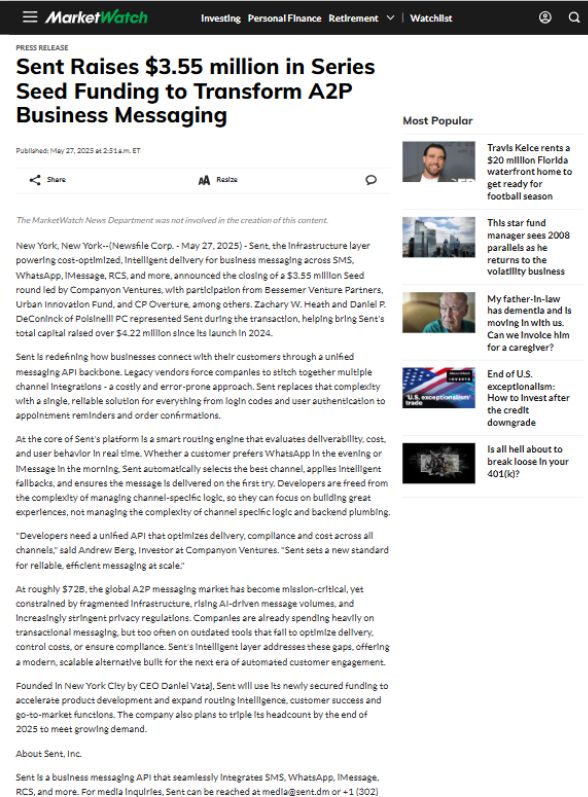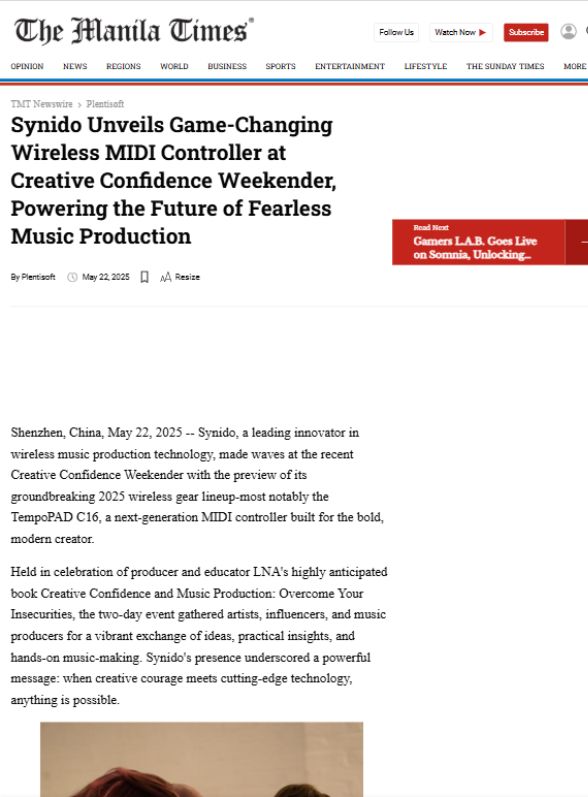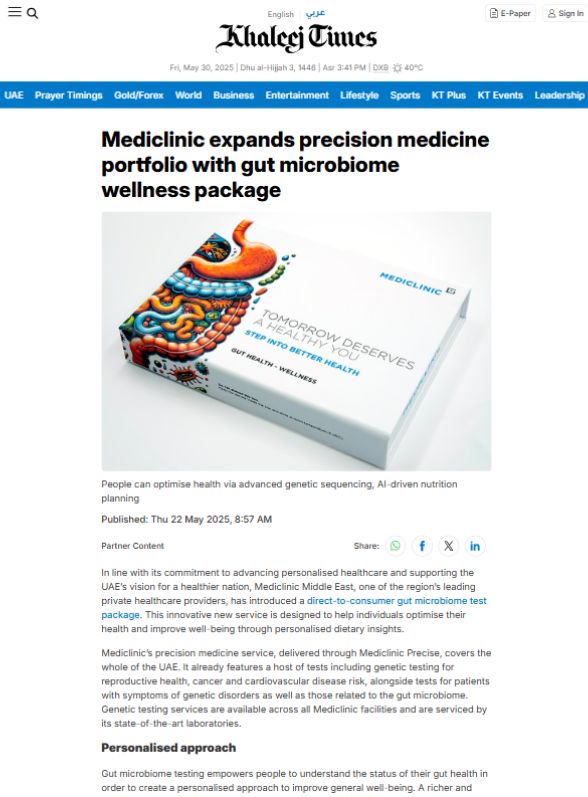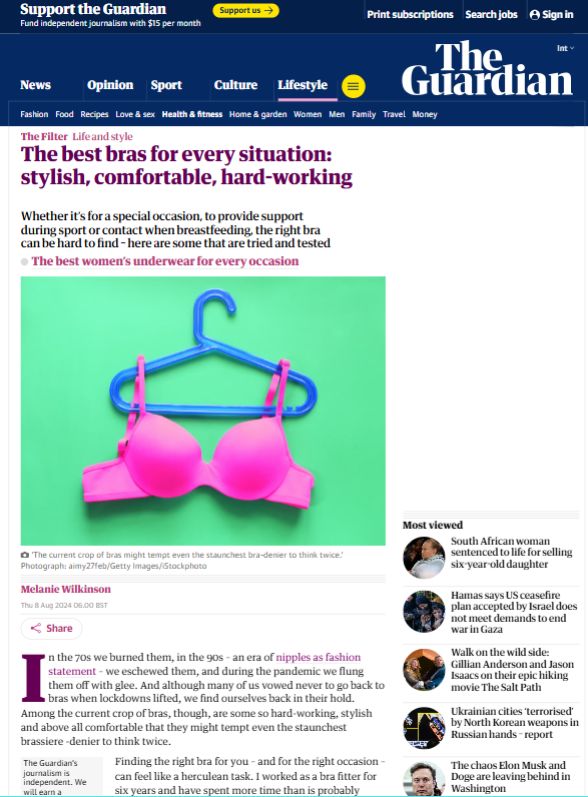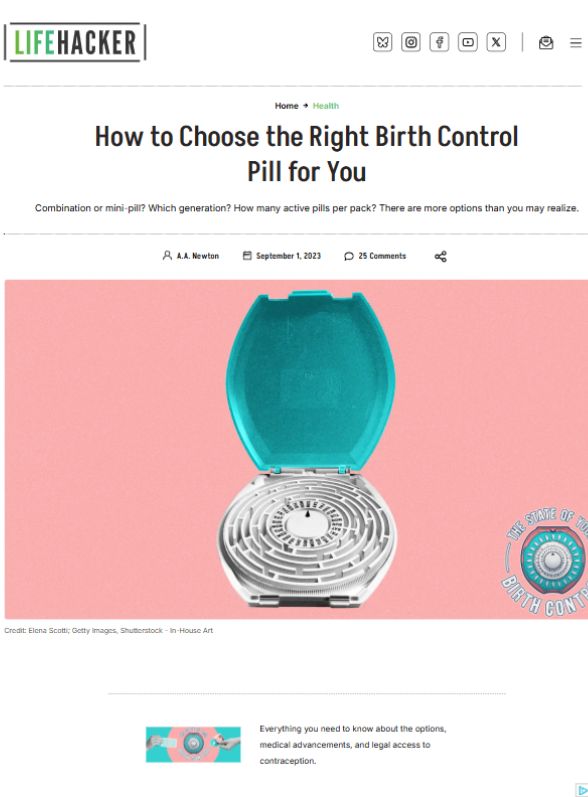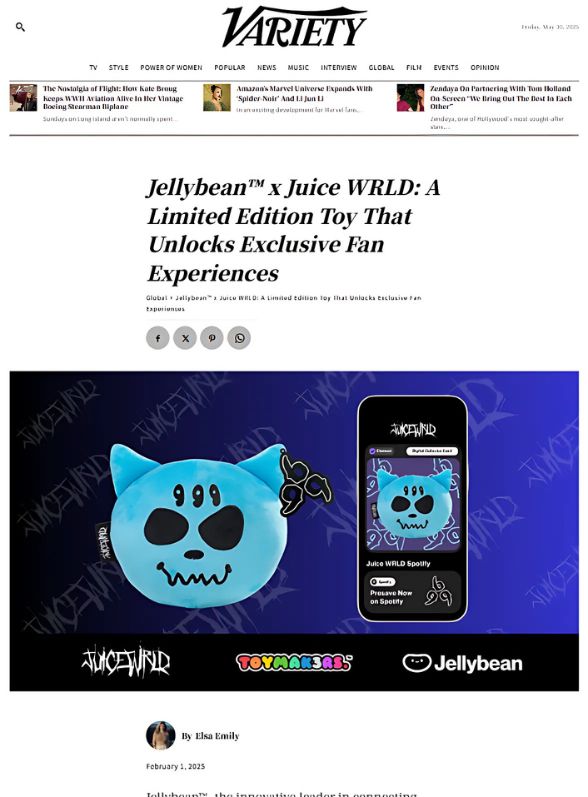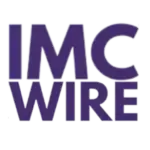Healthcare public relations plays a pivotal role in shaping the public perception of hospitals, clinics, pharmaceutical companies, and health-related organizations. It bridges the gap between patients and medical institutions through clear, transparent, and ethical communication. In an era where information spreads rapidly, healthcare organizations cannot rely solely on medical expertise — they must also focus on managing public perception, communicating effectively, and maintaining trust. This is where the power of healthcare public relations becomes indispensable.
Table of Contents
Understanding Healthcare Public Relations
Healthcare public relations (PR) is a specialized communication practice that focuses on promoting healthcare brands, educating the public about medical advancements, managing crises, and building positive relationships between healthcare institutions and their audiences. It includes crafting accurate health messages, responding to misinformation, and positioning healthcare professionals as trustworthy sources of information.
A strong healthcare PR strategy ensures that the public receives credible and timely information. It also highlights the organization’s commitment to patient welfare, medical innovation, and ethical practices. This is especially crucial in today’s digital world, where a single review or online statement can influence how patients perceive a hospital or brand.
The Importance of Trust and Transparency
Trust is the foundation of the healthcare industry. Patients rely on doctors, hospitals, and health organizations to provide accurate diagnoses, safe treatments, and honest communication. Healthcare public relations helps to nurture this trust through transparency. Whether it’s explaining new medical procedures, launching awareness campaigns, or addressing controversies, PR ensures that communication remains honest and empathetic.
Transparency in healthcare PR not only strengthens the credibility of an organization but also reassures patients during uncertain times. For example, during global health crises or vaccine rollouts, PR teams play a vital role in addressing fears, debunking myths, and encouraging public cooperation.
Key Objectives of Healthcare Public Relations
Healthcare PR is not limited to media coverage or press releases. It involves strategic communication across multiple platforms with specific goals, such as:
1. Enhancing Reputation
A strong reputation builds confidence. Healthcare PR professionals work to highlight the organization’s achievements, medical breakthroughs, and community service, positioning it as a reliable and caring institution.
2. Crisis Management
Unexpected events such as medical errors, product recalls, or misinformation can damage a healthcare brand’s image. PR teams respond quickly with fact-based communication to manage the narrative and restore public confidence.
3. Educating the Public
Public awareness campaigns about diseases, preventive care, and healthy lifestyles are part of PR efforts. These campaigns create a well-informed public and promote the organization’s role as a health educator.
4. Engaging with the Community
Community engagement through health camps, seminars, and social media builds goodwill. It also establishes a personal connection between healthcare professionals and the public.
5. Supporting Marketing and Branding
While healthcare PR is distinct from marketing, both work together to enhance brand visibility and loyalty. A well-crafted PR strategy supports marketing campaigns by building credibility around the services being promoted.
The Role of Media in Healthcare Public Relations
Media plays a crucial role in shaping how the public perceives healthcare institutions. A PR team works closely with journalists, broadcasters, and digital outlets to share accurate medical information and highlight achievements. Press releases, interviews, and expert opinion pieces help position healthcare organizations as leaders in the field.
In today’s world, digital media has become equally important. Social media platforms, online publications, and health blogs are vital communication tools. PR teams use these channels to share patient success stories, promote health awareness, and quickly address misinformation.
The Rise of Digital Healthcare PR
Digital transformation has redefined healthcare public relations. Patients now turn to online sources for reviews, medical advice, and hospital comparisons. As a result, PR strategies have evolved to include online reputation management, SEO optimization, influencer collaborations, and digital storytelling.
Digital healthcare PR allows organizations to reach wider audiences with real-time updates and interactive content. Video testimonials, virtual health events, and educational webinars are effective tools for building credibility and engagement.
Healthcare PR During a Crisis
Crisis communication is one of the most challenging yet vital aspects of healthcare public relations. Whether it’s a medical error, a viral outbreak, or negative publicity, the PR team must respond swiftly and responsibly.
Effective crisis communication involves:
- Providing accurate and verified information.
- Demonstrating empathy for those affected.
- Showing accountability and transparency.
- Keeping communication consistent across platforms.
During the COVID-19 pandemic, for example, PR professionals played a critical role in communicating public safety measures, dispelling rumors, and promoting vaccination efforts. Their work helped maintain public trust during an uncertain and fearful time.
The Ethics of Healthcare Public Relations
Ethics are non-negotiable in healthcare communication. PR professionals must ensure that all information shared is factual, non-misleading, and approved by medical experts. Transparency about risks, side effects, or limitations of treatments is essential to maintain public trust.
Healthcare PR practitioners also have a moral responsibility to protect patient confidentiality and adhere to medical privacy laws. Ethical communication not only safeguards the organization’s reputation but also reinforces its integrity in the eyes of the public.
Building a Successful Healthcare PR Strategy
Creating an effective healthcare public relations plan requires careful planning and a deep understanding of both media and medicine. Below are the key elements of a successful strategy:
1. Define Clear Objectives
Start by identifying what the organization aims to achieve—whether it’s increasing patient trust, promoting a new treatment, or managing a crisis.
2. Identify the Target Audience
Understanding the audience helps in crafting the right message. Patients, caregivers, journalists, and medical professionals may require different communication approaches.
3. Develop Key Messages
Messages should be clear, empathetic, and easy to understand. Avoid medical jargon when addressing the public.
4. Choose the Right Channels
Use a mix of traditional and digital platforms to ensure wide reach. Social media, press releases, blogs, and community events can all play a part.
5. Monitor and Evaluate
Measure the effectiveness of PR campaigns through feedback, analytics, and audience engagement. Continuous improvement ensures long-term success.
The Connection Between Healthcare PR and Patient Experience
A positive patient experience goes beyond quality care — it includes how well an organization communicates with patients. Healthcare PR enhances the patient experience by promoting transparency, providing accessible information, and highlighting patient success stories.
Hospitals and clinics that use PR effectively often find that patients are more likely to trust their recommendations, share positive reviews, and refer others. In turn, this strengthens both reputation and revenue growth.
IMCWire’s Role in Elevating Healthcare Public Relations
IMCWire stands as a leading digital distribution and public relations platform that empowers healthcare organizations to enhance their communication strategies. With its advanced press release distribution services, IMCWire helps hospitals, pharmaceutical brands, and health tech startups reach targeted audiences with precision and professionalism.
By using IMCWire, healthcare organizations can ensure their stories reach credible media outlets, journalists, and online readers. Its data-driven approach ensures maximum visibility, while its global network connects brands with the right audience. Whether launching a new medical innovation, managing a reputation, or promoting a public health campaign, IMCWire delivers trusted results that strengthen credibility and foster long-term growth.
For healthcare institutions seeking to improve their visibility and reputation, partnering with IMCWire is a smart step. Its expertise in healthcare public relations ensures that each message is tailored, impactful, and aligned with industry ethics.
Case Examples of Effective Healthcare PR Campaigns
Several successful healthcare PR campaigns highlight how effective communication can make a difference:
- Cleveland Clinic’s “Empathy: The Human Connection” Campaign: This campaign showcased emotional patient stories, emphasizing empathy and patient care. It built immense trust and became a model for compassionate healthcare communication.
- The Mayo Clinic’s Online Health Education: Through blogs, social media, and podcasts, Mayo Clinic’s PR team provides reliable medical information, strengthening its image as an authority in healthcare education.
- Pfizer’s Transparency Initiative: During vaccine rollouts, Pfizer’s PR strategy focused on transparency and scientific facts, helping to combat misinformation and build public confidence.
These examples prove that well-executed healthcare public relations not only boost visibility but also contribute to public well-being.
Future Trends in Healthcare Public Relations
The future of healthcare PR will be shaped by technology, personalization, and data-driven communication. Emerging trends include:
- Artificial Intelligence and Data Analytics: AI tools will help PR professionals predict audience behavior and tailor messages accordingly.
- Influencer Collaborations: Medical professionals and health influencers will play a larger role in sharing trusted content.
- Video and Visual Storytelling: Short-form videos and visual narratives will continue to dominate digital communication.
- Focus on Mental Health Awareness: PR will increasingly address topics related to emotional and psychological well-being.
These trends will require healthcare PR experts to be agile, innovative, and ethically grounded.
Conclusion
Healthcare public relations is more than just promoting medical services — it’s about nurturing trust, transparency, and meaningful communication between organizations and the public. In a world where information travels at lightning speed, healthcare PR ensures that truth, empathy, and professionalism lead the conversation.
IMCWire stands at the forefront of this transformation, helping healthcare institutions amplify their message, manage their reputation, and connect with audiences globally. By embracing strategic healthcare public relations through platforms like IMCWire, organizations can build a healthier brand image, strengthen community trust, and achieve lasting success in the ever-evolving medical industry.

